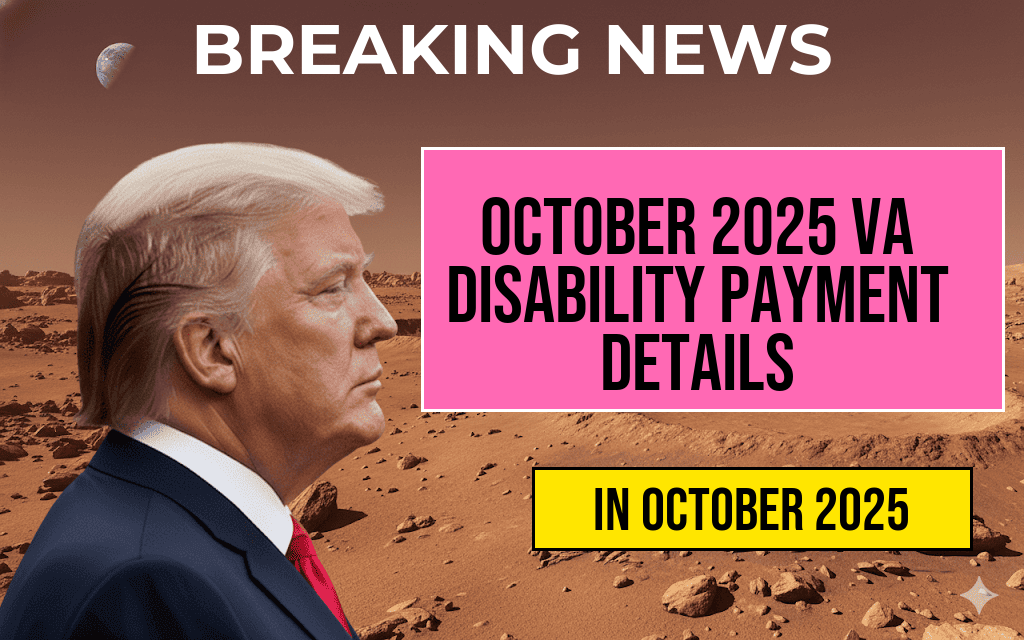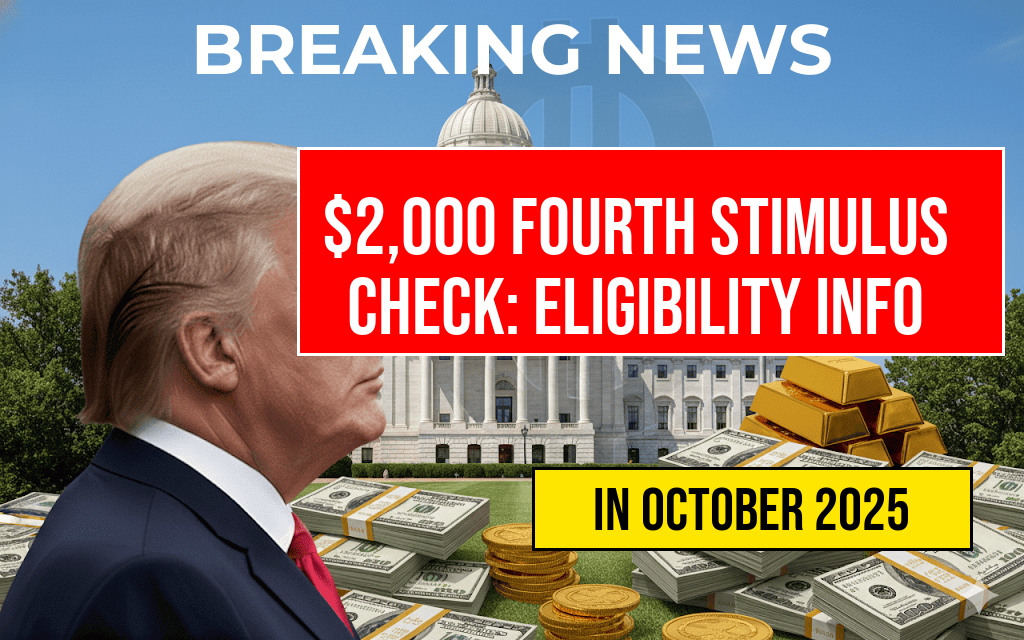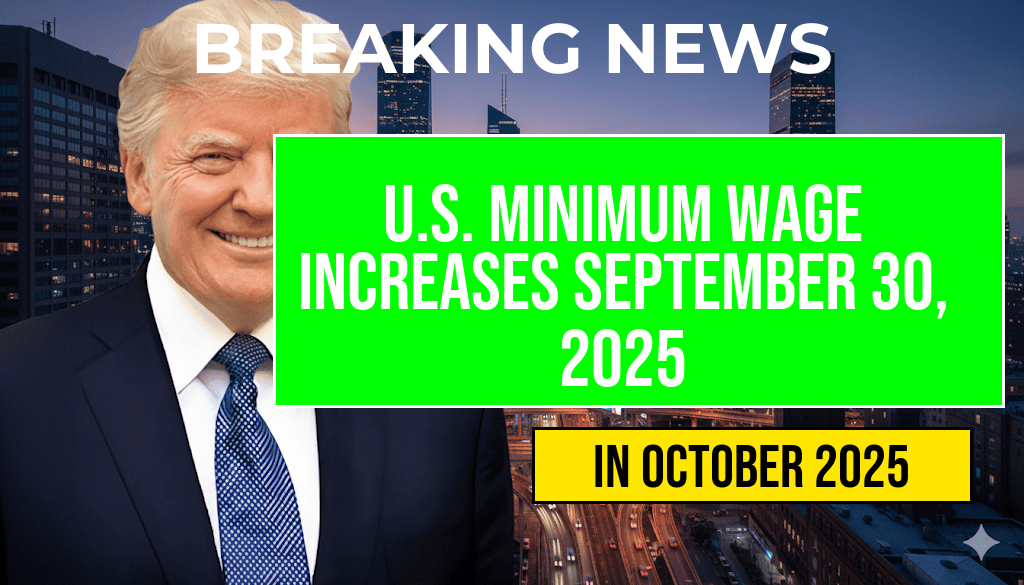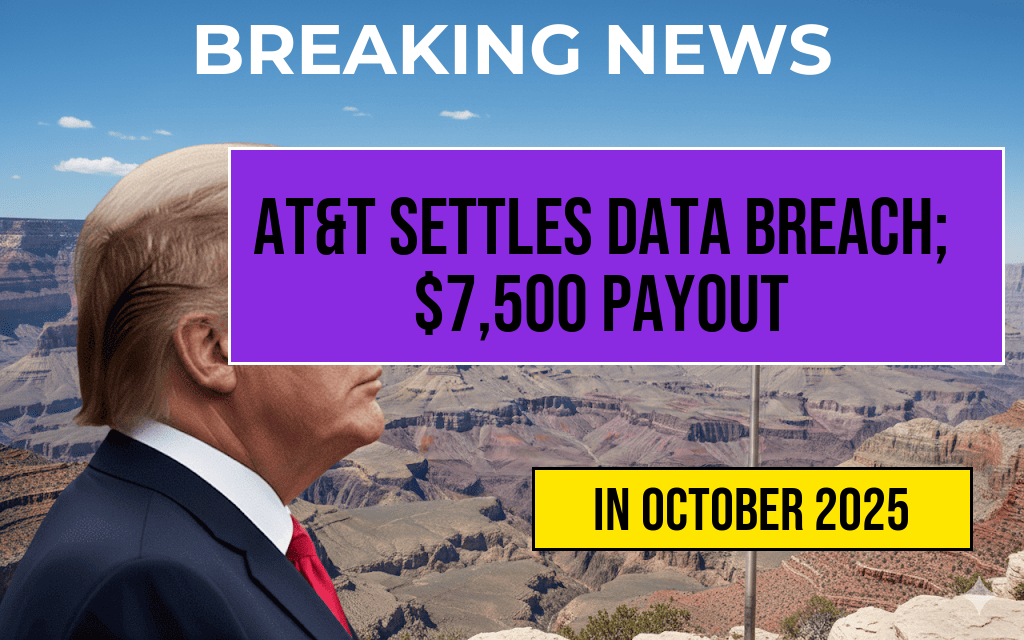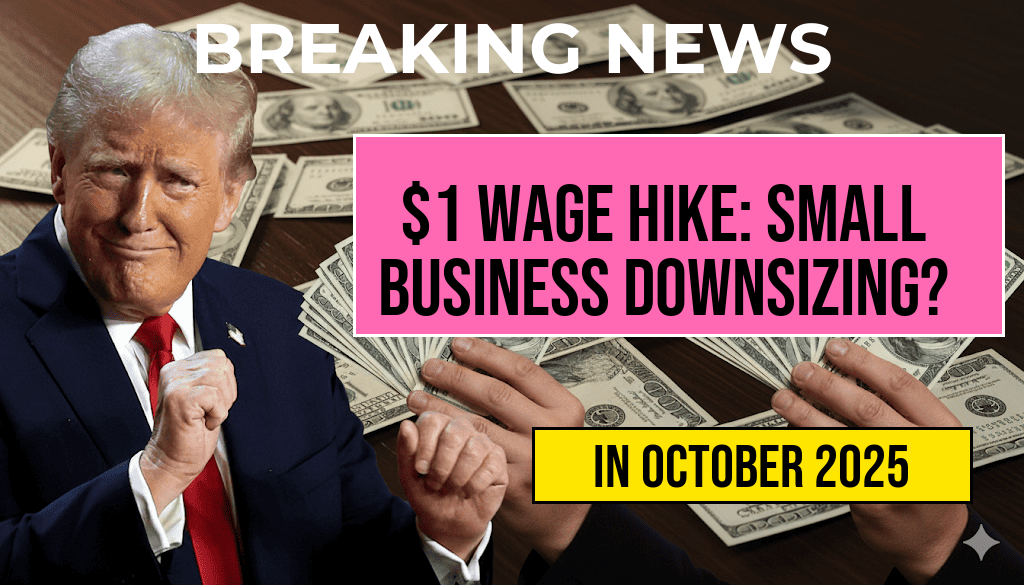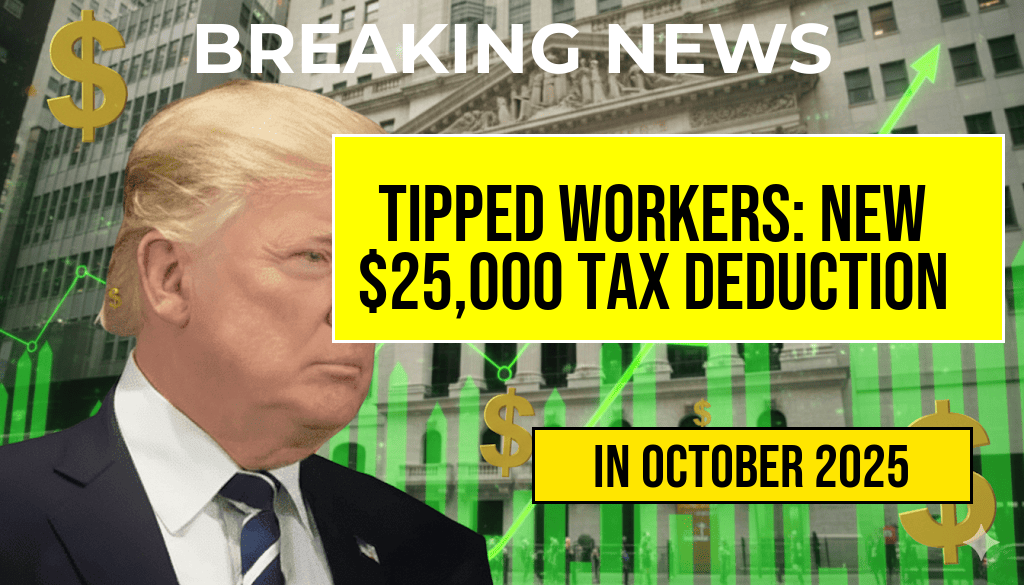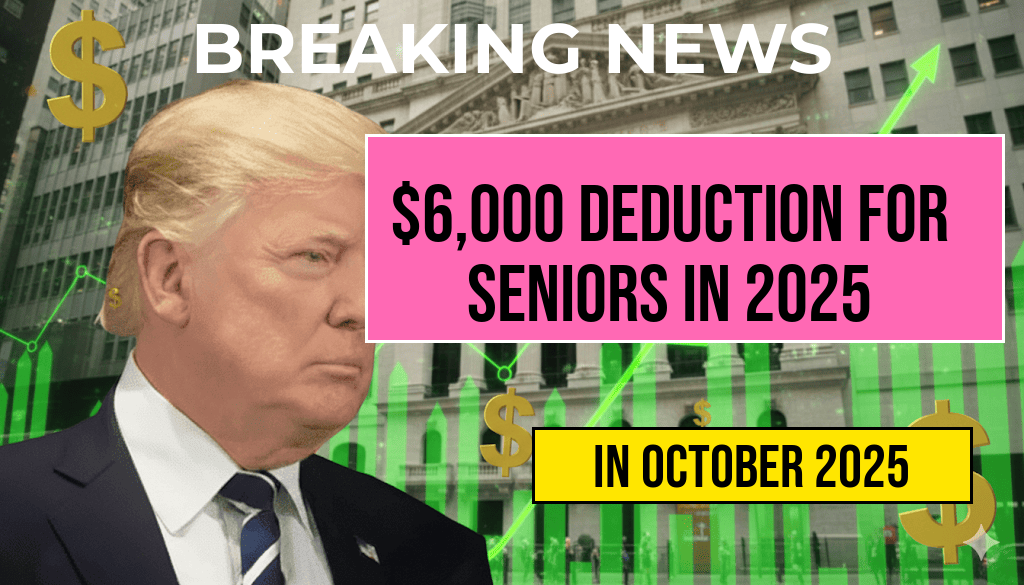The U.S. minimum wage is poised for an increase on September 30, 2025, marking a significant moment in the ongoing national dialogue surrounding wage standards and economic equity. Under the new guidelines set forth by the Department of Labor, the federal minimum wage will rise to $15.00 per hour, up from the current rate of $7.25, a change that advocates believe will provide relief to millions of workers across the country. This adjustment is part of a broader movement aimed at addressing the cost of living and improving the financial stability of low-income households. As the date approaches, many are eager to understand the implications of this change and how it will affect various sectors of the economy.
Implications of the Minimum Wage Increase
The increase in the federal minimum wage is expected to have a multifaceted impact on both workers and employers. Proponents of the wage hike argue that it will lead to increased consumer spending, as workers with more disposable income are likely to spend more on goods and services. This, in turn, could stimulate economic growth and support local businesses.
On the other hand, some business owners express concerns about the potential for increased labor costs. Small businesses, in particular, may struggle to absorb the additional expenses, which could lead to higher prices for consumers or, in some cases, layoffs. The debate over the minimum wage continues to be a polarizing issue, with strong opinions on both sides.
State-Specific Minimum Wage Rates
While the federal minimum wage is set to increase, many states and cities have already implemented higher minimum wage rates. Below is a table highlighting the minimum wage rates in several states as of 2025:
| State | Minimum Wage |
|---|---|
| California | $15.50 |
| New York | $15.00 |
| Florida | $15.00 |
| Texas | $7.25 |
| Washington | $15.74 |
Challenges and Considerations
As the minimum wage increases, various challenges will arise, especially in regions with a high cost of living. For instance, cities like San Francisco and New York City already have minimum wages exceeding the federal standard, which raises questions about wage compression and the potential for disparities within the labor market.
Moreover, the timing of the increase coincides with the ongoing recovery from the economic impacts of the COVID-19 pandemic. Many industries are still grappling with labor shortages and supply chain disruptions, which could complicate the transition to higher wage standards. Employers may need to reevaluate their business models to adapt to these new wage requirements.
Public Opinion and Support
Public sentiment regarding the minimum wage hike has evolved over the years, with many Americans now supporting higher wages for low-income workers. According to a recent survey by the Pew Research Center, approximately 60% of respondents favor increasing the federal minimum wage. Advocates argue that a living wage is a fundamental right and essential for reducing poverty.
Labor unions and advocacy groups are ramping up their efforts to promote the benefits of the wage increase, focusing on stories of workers who struggle to make ends meet despite working full-time jobs. Campaigns highlighting the connection between higher wages and improved quality of life are expected to gain traction as the date approaches.
Looking Ahead
As the U.S. prepares for the minimum wage increase on September 30, 2025, stakeholders from various sectors will continue to monitor its effects. The adjustment promises to reshape the landscape of employment in America, potentially leading to broader discussions about worker rights, compensation, and economic policy.
For more information on the implications of the minimum wage increase and current wage rates, you can visit Wikipedia and Forbes.
Frequently Asked Questions
What is the new minimum wage rate effective September 30, 2025?
The new minimum wage rate will increase to $15 per hour across the United States, reflecting ongoing efforts to support workers and adjust for inflation.
Which states will be affected by the upcoming minimum wage increase?
All states in the U.S. will be affected by the minimum wage increase, but individual states may have their own higher rates that will take precedence.
How often does the minimum wage increase in the U.S.?
The minimum wage in the U.S. is typically reviewed and adjusted periodically, often every few years, depending on legislation and economic conditions.
Are there any exemptions to the new minimum wage laws?
Yes, certain categories of workers, such as tipped employees and those in specific industries, may have different minimum wage requirements that apply.
Where can I find a complete list of hourly wages after the increase?
A complete list of hourly wages post-increase will be available on the U.S. Department of Labor’s website and various state labor department websites.

